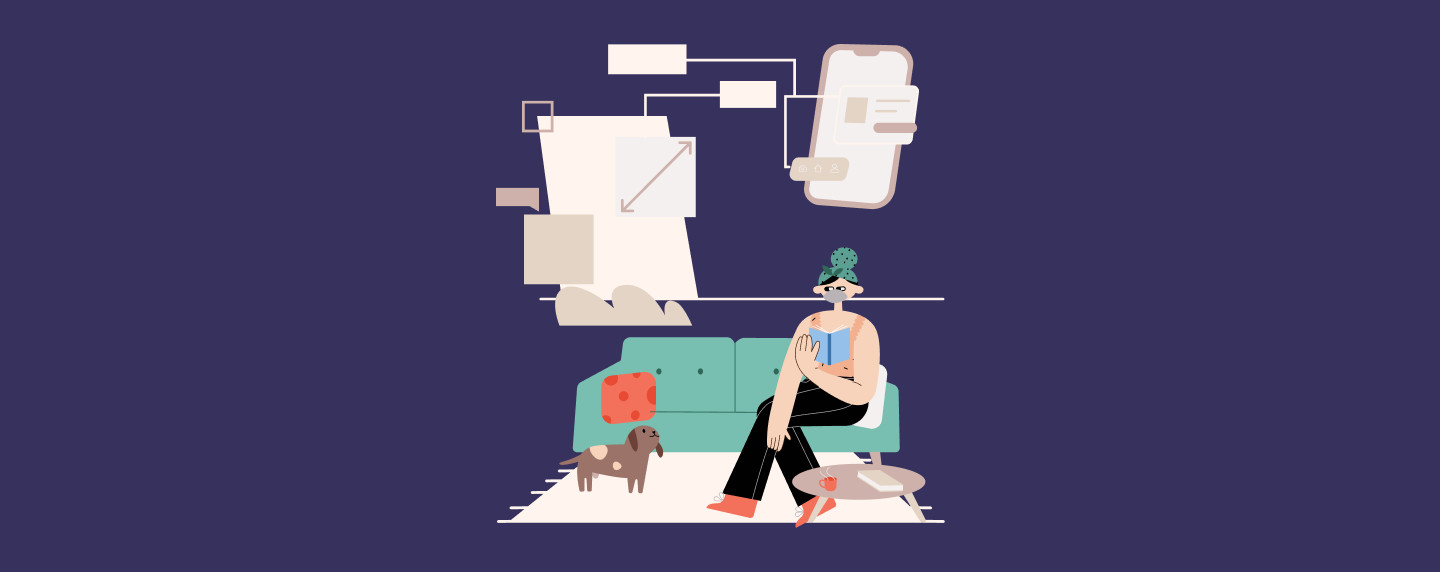Installment Loan vs. Revolving Credit: Know the Difference

Share this article:
Editor’s note: Lantern by SoFi seeks to provide content that is objective, independent and accurate. Writers are separate from our business operation and do not receive direct compensation from advertisers or partners. Read more about our Editorial Guidelines and How We Make Money.
What Is an Installment Loan?
Features of Installment Loans
You’ll Make Monthly Payments
You’ll Get a Lump Sum
You May Get a Tax Deduction
What Is Revolving Credit?
Features of Revolving Credit
You Can Access Funds When and If You Need Them
Funds Are Always Available (Up to Your Maximum)
You May Have an Option to Earn Rewards
Revolving Credit vs. Installment Loans
Installment Loan vs. Revolving Credit: Which is Right For You?
You need a lump sum upfront. Your small business has a relatively steady income so you can budget for regular payments. Your small business is well-established and/or you have good credit, meaning you may be more likely to get good loan terms.
You want to be prepared for future financial needs but don’t require a lump sum right away. You may need access to relatively small amounts quickly to take advantage of business opportunities or pay for shortfalls. Your business has a need for perks offered by business credit cards. If you have to travel frequently for your company, for instance, a card that offers miles could help defray those costs.
Installment Loan and Revolving Credit Options
Traditional bank loan: Small business loan or line of credit given by a bank or credit union. Qualification requirements are often stricter than with online business loans. SBA loan: Backed by the Small Business Administration, SBA loans typically come with better rates and higher loan amounts than traditional and online business loans. Business line of credit: Similar to a credit card, a business line of credit gives you a maximum amount to draw on. Once you pay it back, you can continue to use the funds up to the maximum credit limit. Equipment loan: An equipment loan is a small business loan used to purchase equipment. The equipment acts as collateral, which can sometimes land you a better interest rate. Merchant cash advance: A merchant cash advance allows you to receive funding in exchange for future credit and debit card sales. Merchant cash advances technically are not loans, and can be one of the most expensive forms of borrowing. Business credit card: Business credit cards may be ideal for those that want to take advantage of credit card perks and rewards. Interest rates are often higher than loans, so if you go this route, make sure you can afford to pay your credit card in full each month. Invoice factoring: Invoice factoring allows you to sell unpaid invoices to a factoring company. You get a percentage upfront, and then once the factoring company collects the payment, you get the remainder minus any fees.
Financing You Need, When You Need It
LCSB0224001
About the Author
Su Guillory is a freelance business writer and expat coach. She’s written several business books and has been published on sites including Forbes, AllBusiness, and SoFi. She writes about business and personal credit, financial strategies, loans, and credit cards.
Share this article: